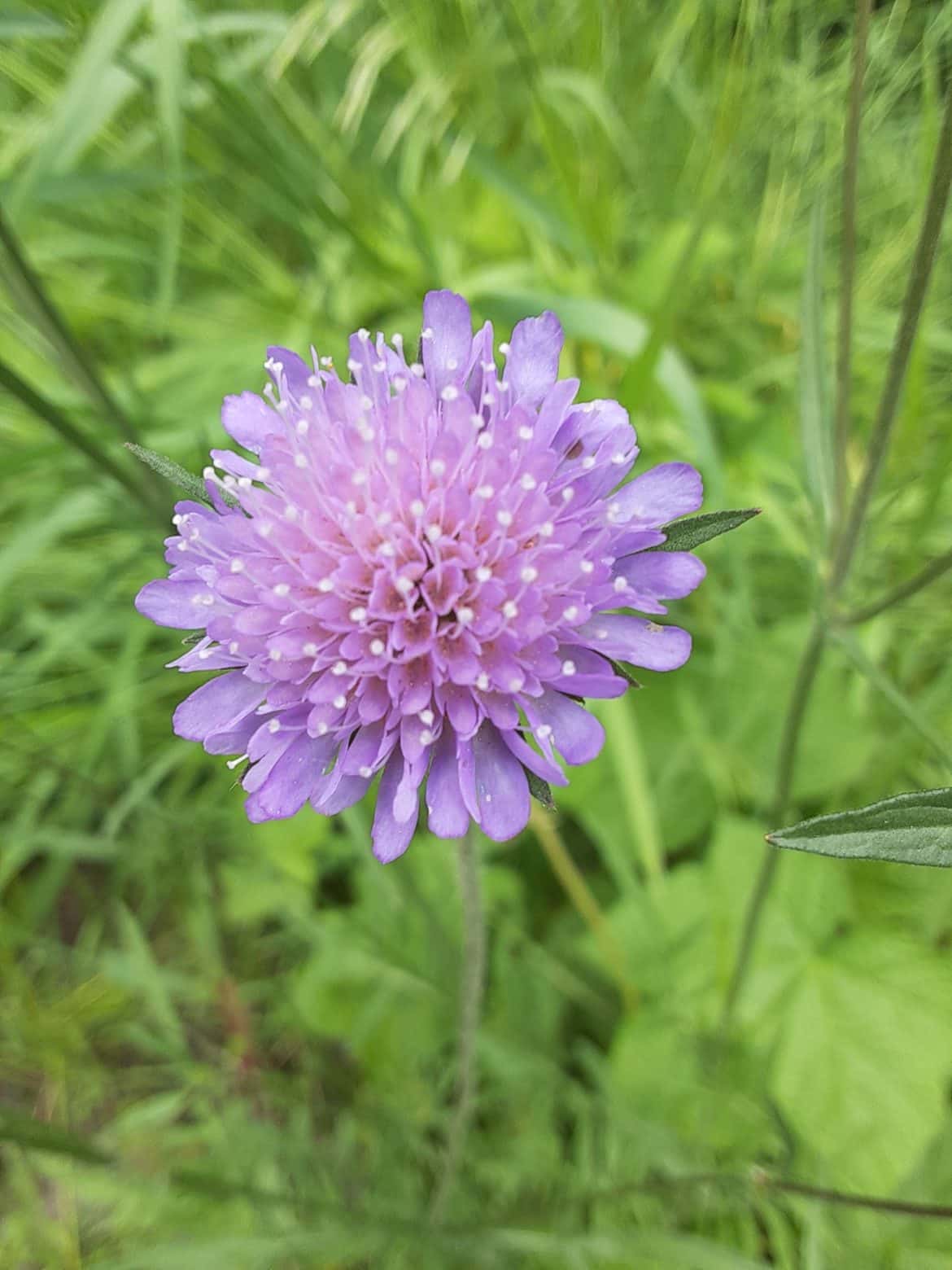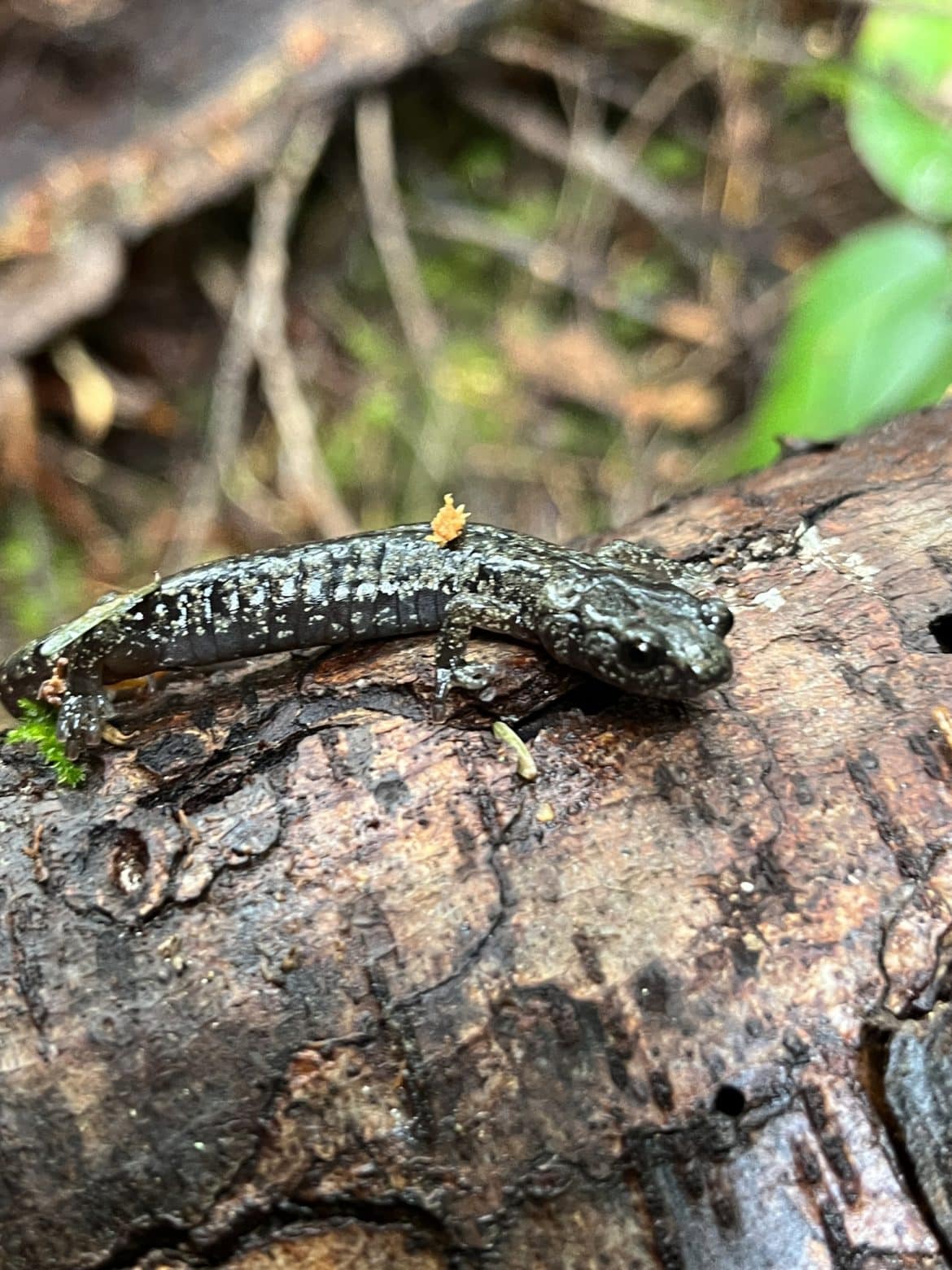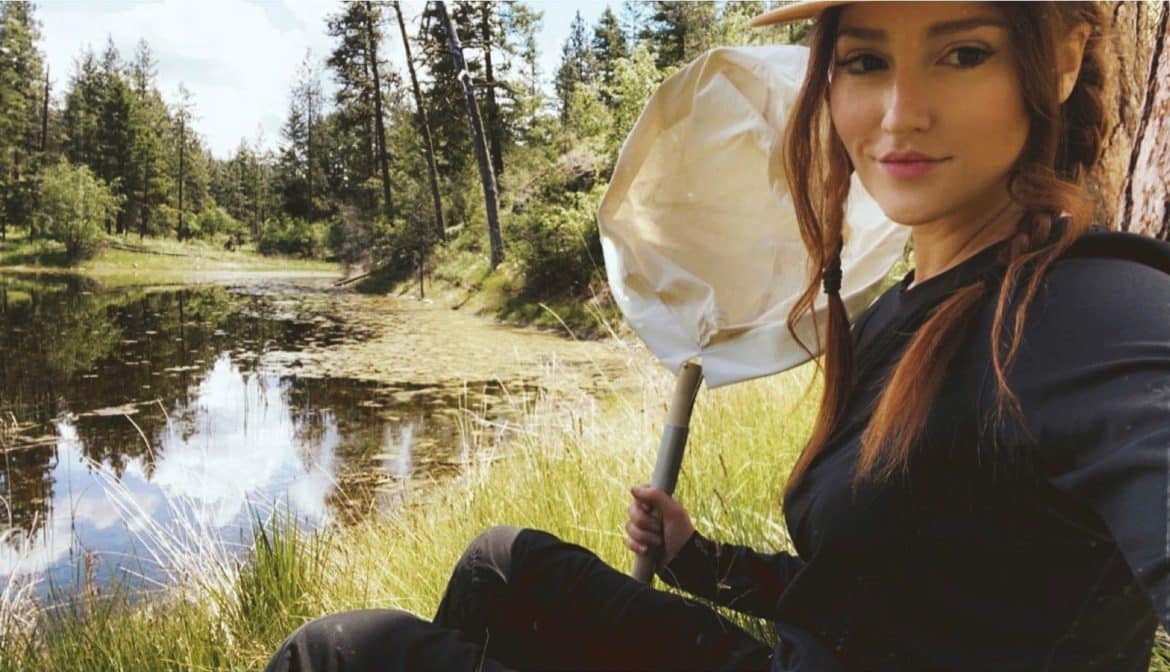By Erin Springinotic | July 13th, 2022
Welcome to ISCBC’s monthly iNaturalist Wrap-Up, where we feature observations of both invasive species and species at risk that have been uploaded to our national I Spy and Identify Invasives project.
In June, the I Spy and Identify Invasives project made 25,683 observations of 4,124 species! 352 different people observed and reported native and invasive species across Canada and our network grew by 79 new individuals (and counting) – thank you for joining everyone!
June’s reports included 4,143 observations of 629 different introduced and invasive species. The month’s totals included these concerning sightings:
- 5 observations of Japanese beetle (Popillia japonica) in Ontario, Quebec, and Nova Scotia. This invasive pest can feed on over 300 species of plants and is a serious threat to ecosystems and agriculture industries. These beetles emerge from hibernation when temperatures reach 21°C, so let’s continue to keep an eye out for them as summer progresses. Thank you for reporting your findings @freduchini, @mikechen, @renee_mq, and @sumacd.
- 55 observations of Spongy moth (Lymantria dispar dispar) across Ontario and Quebec. Spongy moths can eat the leaves off an entire tree by feeding in large numbers, causing significant economic damage to the forestry and tree nursery industries. Thank you to the 13 observers who reported this invasive species, especially @elmslie who reported 33 different occurrences!
- 3 observations of Field scabious (Knautia arvensis) in British Columbia by @kathryn437, @lindylin1212, and @marcuslarch. This species is an escaped ornamental that can crowd out forage and pasture plants, reducing food for grazing animals.

A number of species at risk were also reported throughout June:
- A Skillet clubtail (Gomphurus ventricosus) in New Brunswick by @jdee. The only place in Canada where you can currently find this at-risk species is in the Saint John River watershed in New Brunswick.
- A Northern spiny softshell turtle (Apalone spinifera) in Ontario by @glennberry. This turtle is endangered due to habitat loss. The water systems that this species depends on are increasingly compromised by human activities like construction, damming, and recreation – all of which seriously impact important nesting areas.
- A Whitebark pine (Pinus albicaulis) in Alberta by @donovanroberts. Whitebark pine populations are declining due to White pine blister rust, Mountain pine beetle outbreaks, increasing wildfires, and climate change.
- A Wandering salamander (Aneides vagrans) in British Columbia by @cassidypatton. Wandering salamanders are mostly found under bark or in cavities of decaying trees, sometimes up to heights of 130 ft. If disturbed, this salamander species may jump from the tree canopy and “glide” to safer ground – approach with caution!

Thank you for your iNaturalist observations and reports. As we move into the height of summer, let’s all keep an eye out and report invasive species such as Zebra mussels (Dreissena polymorpha), Quagga mussels (Dreissena rostriformis bugensis), and European green crab (Carcinus maenas) when we’re out near the water! These species are highly invasive and once established they have devastating impacts on Canada’s aquatic and marine ecosystems. Remember to Clean, Drain, and Dry your gear to prevent the spread of aquatic invasives!

Why I Report
I started using iNaturalist as a tool to identify plants and animals that I encountered on my hikes. iNaturalist has been a great way to connect me with the world around me, and I have met and learned from some great and knowledgeable people along the way.
Why It’s Important
Our observations can help identify range expansions of native species, locate threatened species, and report invasive species. Ultimately, iNaturalist is a fantastic platform to generate, manage, and share spatial data on species, which may help to inform conservation policy. Whether you use it to learn about a mushroom in your backyard, or to keep a record of your moth observations, get out there and observe and report! Your observations matter.
Erin works in Outreach Support at ISCBC. She is grateful to live on the traditional territories of the Songhees, Esquimalt, and W̱SÁNEĆ peoples, also known as Victoria. In her spare time, she loves wandering around in the woods. You can reach Erin at espringinotic@bcinvasives.ca.
Share


















